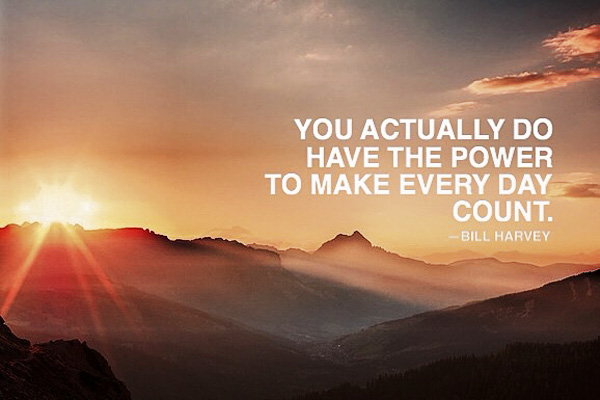Updated 8/21/2020
Do you know people who seem to be so mentally strong that they almost always seem happy and positive, never saying a bad word about another person? More and more of us are practicing random acts of kindness and senseless acts of beauty, loving our neighbors as we love ourselves. Our actions are more aligned with the Sioux proverb, “with all beings and all things we shall be as relatives”.
There is real value in getting ourselves into a good mood. We make better decisions. We think more clearly. And there is no downside. It feels good — we feel good — and we make others feel good. Getting into a more positive frame of mind is not just to pump ourselves up. It manifests more Observer and Flow states in our lives, so we enjoy life more. We are more creative and effective in our work and happier in our life in general, which of course ripples out to all whose lives we touch.

So how do we get ourselves to feel good more often?
A daily vacation is a great start. Taking a break and doing whatever we want to do. Creating a space away from other people (this isn’t always necessary but it usually is in the beginning) and then just doing whatever feels right from second to second. Playing, like a child again. Being who we really are.
It’s much harder to take change-of-scene vacations now and that makes these daily vacation breaks more valuable than ever.
When we’re on vacation, we want to be in bliss. So don’t hurry when you’re on your daily vacation. You won’t accomplish the vacation objective fully if you’re thinking about how soon you have to get back to work and thus trying to cram in the fun — still speeding, still in the clutches of Acceleritis™. When I take time out, I go back to work not because the “vacation” ended but because it’s what I really want to do. A flood of ideas rushes in so fast I have to write in pseudo-shorthand. Continue reading

